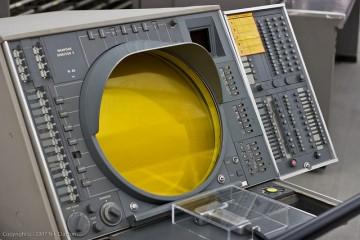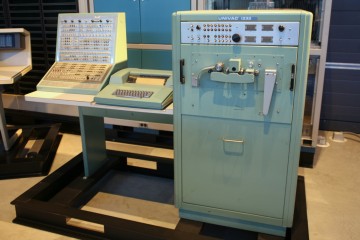- IBM System/360
- IBM System/360 and the Travel and Transportation Industry (1968)
Die IBM 7030, auch Stretch genannt, ist ein Supercomputer von IBM. Er wurde 1961 an das Los Alamos National Laboratory geliefert.


This computer was used from 1967 through 1990 at the U.S. Air Force’s Satellite Control Facility, in Sunnyvale, California.

